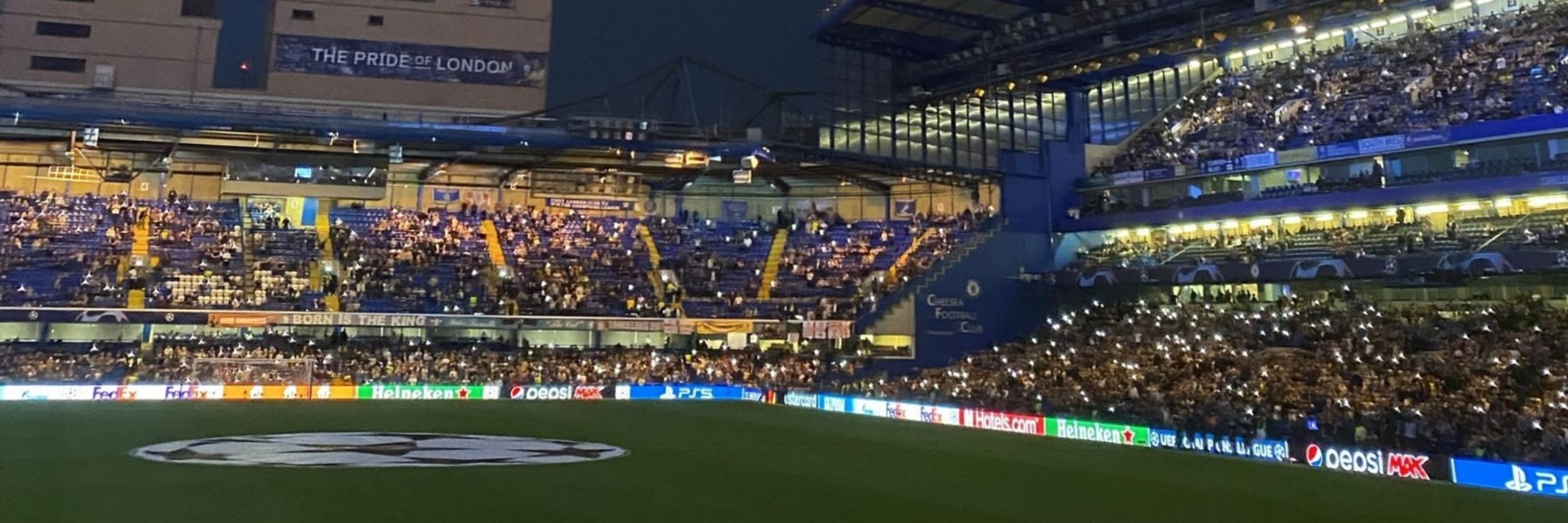
Essugo often uses his marker (opp DM/8) as a reference for positioning. Las Palmas ask him to mark closely if his man drops to his own box, but in the mid/att 3rd to hold a half-and-half position to be able to engage or recover loose balls.
Essugo often uses his marker (opp DM/8) as a reference for positioning. Las Palmas ask him to mark closely if his man drops to his own box, but in the mid/att 3rd to hold a half-and-half position to be able to engage or recover loose balls.
The occupational hazards of this are being caught in two minds, or being 2v1'ed in dangerous areas. What he can correct though, is the hesitancy between actions, or being side-on/static, making him easy to play around.
The occupational hazards of this are being caught in two minds, or being 2v1'ed in dangerous areas. What he can correct though, is the hesitancy between actions, or being side-on/static, making him easy to play around.
This made Essugo's primary role a destroyer – seeking unmarked/free threats & engaging them directly or delaying them. It is a role that requires tactical intelligence & excellent conditioning. When to get close, when to delay, how to pressure.
This made Essugo's primary role a destroyer – seeking unmarked/free threats & engaging them directly or delaying them. It is a role that requires tactical intelligence & excellent conditioning. When to get close, when to delay, how to pressure.
OOP at Las Palmas, Essugo was used as a more conservative pivot next to Bajcetic, often screening the back 4. The narrow 4-4-2 adjusted to cover near-side CMs, allowing Essugo to go zonal & guard space in central zones.
OOP at Las Palmas, Essugo was used as a more conservative pivot next to Bajcetic, often screening the back 4. The narrow 4-4-2 adjusted to cover near-side CMs, allowing Essugo to go zonal & guard space in central zones.

